Strength is crucial for pole performance, and you all know I could talk the tail off a mermaid about the importance of strength training for pole.
Buuuut, there’s no getting around the fact that pole is a skill based endeavour.
Even the strength of Thor and Hercules combined won’t make you a good pole dancer, if you don’t also have an in-depth understanding of the movement patterns of pole and the skill to use that strength in an efficient way.
And like any physical skill, there’s no short cut—pole takes many, many hours of practice to perfect.
It requires dedication, hard graft and time spent on the pole!
But, if we look at the way the human brain and Central Nervous System is programmed to acquire new skills and learn new movement patterns, we CAN be a little bit more sneaky about how we arrange and approach our training and give that process a boost—like hitting the magic Fast & Furious NOS button for our pole performance.
ZYOOOOOOOOOOOOMMM….
All skill and no strength makes Jack a poorer poler
Before we delve into this, please remember that the professional polers you see in those immaculate competition pieces on YouTube have spent many years conditioning their bodies—their muscles, ligaments and tendons—to withstand the extreme stresses of pole.
Learning a skill like pole requires a significant amount of repetition, but if you dive head-first into the skill part, without building a solid foundation of strength, the muscles, tendons and ligaments won’t be robust enough to handle the stress that the repetition of learning a skill requires.
This is why pole instructors talk of progressing gradually in a logical way through a syllabus. It’s why your instructor will refuse to teach you a fonji on week 8 of your beginner’s pole course and it’s the reason I believe all pole athletes should build general strength (in the gym) so that they can be a better, safer, hardier poler in the long term.
With that small caveat outta the way, let’s take a little look at how we go about learning a new skill.
The 3 stages of motor learning
Whenever we learn a new skill—be it riding a bike, juggling, knitting or trying to bag that latest pole move doing the rounds on Instagram—our brain and body goes through a process of skill development progressing through these key 3 stages:
Stage 1 – Cognitive stage
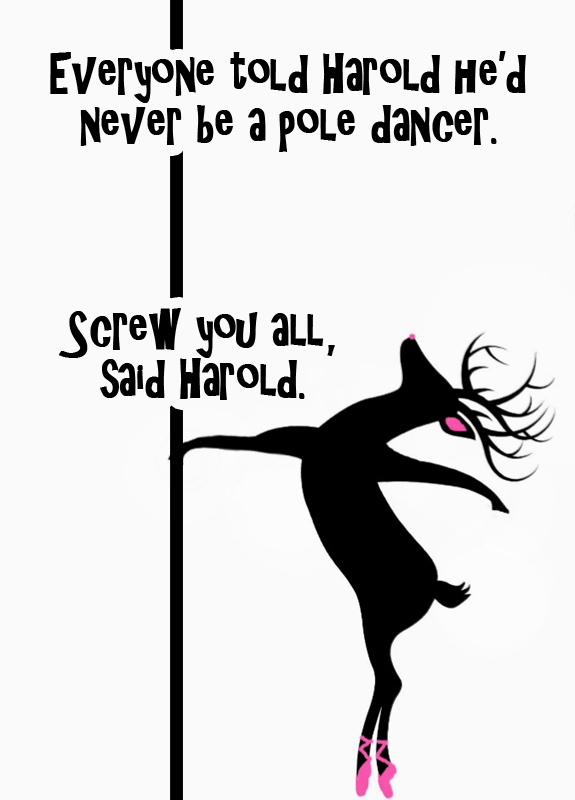 The first stage of learning requires A LOT of conscious thought.
The first stage of learning requires A LOT of conscious thought.
Remember that very first, tentative invert as a beginner? Not knowing which way is up, what our name is, how to breathe… and whose leg is that?!
This is the cognitive stage, where the movement we are learning is clumsy, inefficient and unsure (we’ve all been there: lots of flailing, floppy legs and unintentionally flexed feet). Our bodies don’t fully understand the movement pattern yet and our attempts at repeating it are inconsistent.
When you can see a poler literally counting their steps—“one, two, three… hook leg, hips forward…”—and really thinking about the movement so much so that you can almost hear the cogs turning as they progress from one part of the movement to the next—this is the unavoidable awkwardness of the cognitive stage!
And it doesn’t just apply to beginner polers. Even experienced pole dancers will go through this first cognitive stage to some extent when learning a completely new move or sequence (especially when doing it on dork side!).
Stage 2 – Motor stage
With continued practice, our brain eventually wires new neural connections and starts to develop motor programmes for the new movement patterns. When people talk of “muscle memory” this is usually what they are referring to.
At this stage, the movement becomes more fluid and less energy is required to execute it, as our brain starts to understand where we can leverage momentum and where we can conserve effort.
It’s at this stage where we can start to polish the move and tidy up the finer details—like improving the lines, pointing the toes, regulating our breathing and relaxing our facial expressions.
Stage 3 – Autonomous stage
With disciplined long-term practice, we can achieve the final stage of skill acquisition – when the movement becomes automatic.
No real conscious thought is required to execute the move; the motor programmes for that move are now hard-wired into our long-term memory.
Without having to consider what our limbs are doing, we free up our attention to focus on other things, like remembering the next move in a combination or even talking whilst performing it (props to our awesome pole instructors, who have clearly reached the autonomous stage when they can chat through contact points, muscle engagement and exit strategies whilst performing a flawless Allegra)—perfection has been achieved!
Professional pole dancers with many, many years of practice under their belt have achieved this level of mastery with all different aspects of pole—not just for hundreds of individual tricks and spins, but across all the many different transitions, grips and skin contact points, enabling them to make combinations seem effortless and graceful.
Check out this cool little animation which explains some of the science behind practice, in a much more entertaining and succinct way than I ever could…
Speeding up the process
So, how can we use what we know about skill acquisition to better plan our training and speed up the process of learning to pole dance like a pro?
Check out Part 2 to find out!
Strength is nothing without skill, but likewise, skill without strength won’t get you very far. If you know you need to work on the strength to back up your pole skills, and want to be a better, stronger, safer pole dancer – check out my strength training programs for pole dancers – or my book – Strength and Conditioning for Pole – 460 pages of pole strength and conditoning nerding!


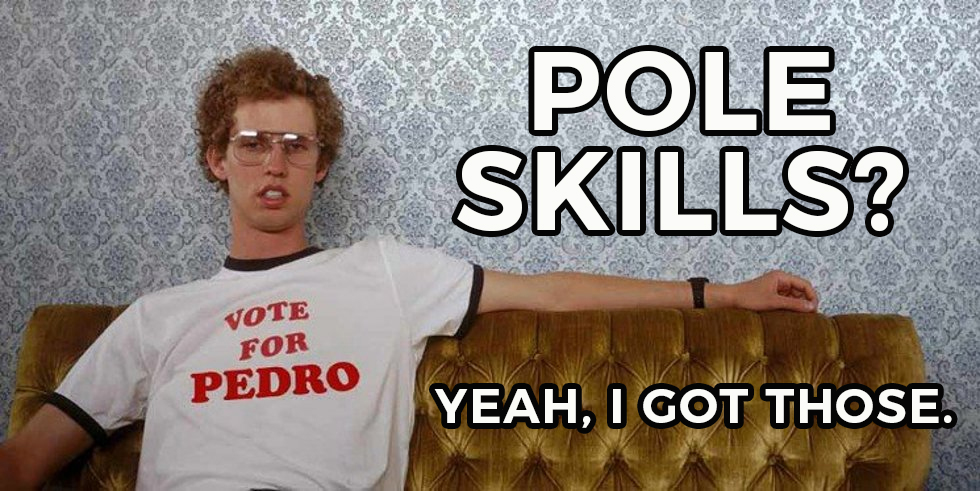



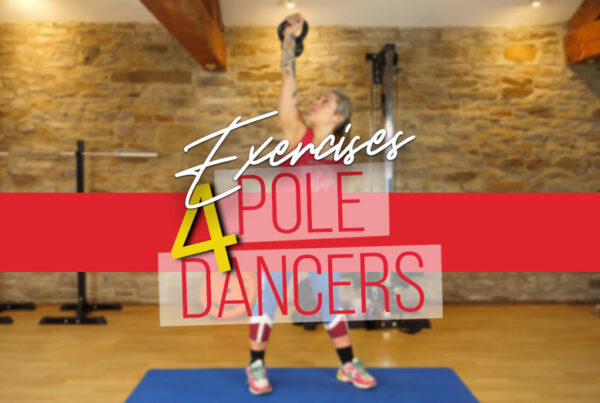
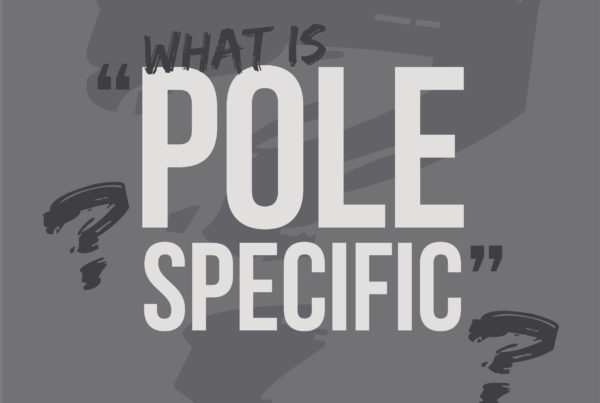
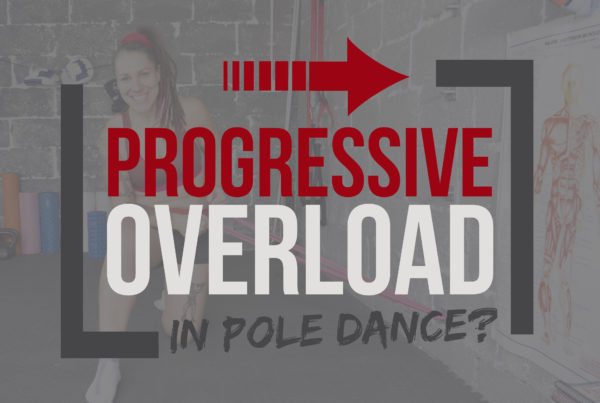
What an interesting little Ted talk Neo – thanks for sharing it 🙂
Oh thank you, I loved it too! I’m glad you enjoyed it! 🙂